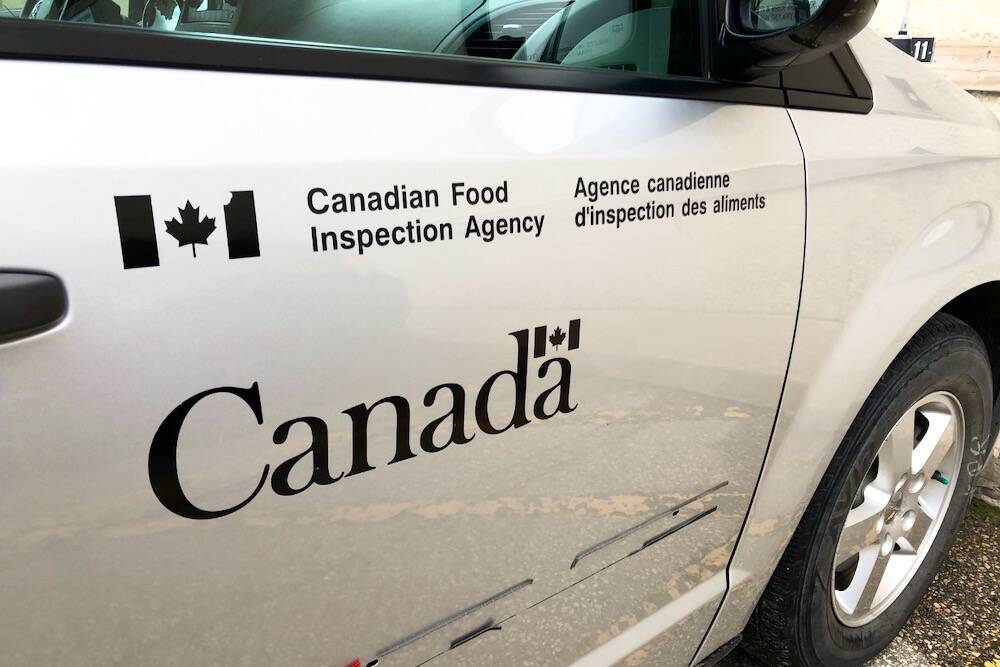LONDON/MOSCOW, June 24 (Reuters) – Russian new crop grain sales are ahead of usual levels for this time of the season as a combination of a decent harvest outlook and a credit crunch prompts some farmers, afraid of future price declines, to accelerate selling.
This is in contrast to neighbouring Ukraine, where political upheaval has prompted traders to proceed with caution and farmers to offer aggressive prices, with new crop sales lagging usual levels.
Russia, Ukraine and Kazakhstan, the three major global wheat exporters via the Black Sea, are expected to see a second consecutive year of large crops, despite earlier concerns that unrest in Ukraine related to tensions with Russia could curb output and exports.
Read Also

B.C. ostriches culled, CFIA confirms
Ostriches on an embattled Edgewood, B.C. farm have been culled after a prolonged legal battle, the Canadian Food Inspection Agency has confirmed.
“The selling pace out of Russia has been very strong this year, they have been selling their new crop far earlier than normal,” Macquarie analyst Chris Gadd said.
The fast pace of sales from Russia is also in contrast with other global grain exporters – Australian farmers are holding back new-crop wheat on fears that an El Nino weather pattern will cut yields, traders said on June 16.
“New crop (Russian) wheat is being traded more actively now thanks to two reasons: southern regions are expected to get a good crop – the largest since 2008 – and since Russia’s South (crop) is basically its export potential, prices are going down and farmers are trying to sell,” a Moscow-based trader said.
“The second reason is a lack of finance from creditors. Banks have become far more conservative and farmers need money.”
Western banks involved in global commodity trade flows tightened payment procedures for steel and grain deals with Russia earlier this year, having already taken similar steps for Ukraine due to the political upheaval.
The Moscow-based trader said he expected up to 65 percent of Russia’s 19 million tonne exportable wheat surplus to be sold during the first three months of the 2014/15 year, which starts on July 1, compared to usual 50 percent for this period.
“Farmers will sell the two-thirds of the harvest and then will start to hold back the remaining one third of the crop,” the trader added.
So far, about 2 million tonnes of Russian wheat and barley have been sold for July-September, two European grain traders estimated.
One of the traders said this compared with 1.0 to 1.5 million tonnes usually sold by this point in the year.
Russian futures prices for the new wheat crop with 12.5 percent protein content were quoted at $249 per tonne at the end of last week, down from $253 per tonne in the first week of June, on a free-on-board (FOB) basis in the Black Sea, IKAR analysts said.
There’s been quite a lot of Russian wheat sold forward, another European trader said, adding that some of the sales were optional origin, particularly on feed barley.
“So what eventually goes out of Russia will very much depend on where the market goes in Russia,” he said. “For now Russia is more expensive on barley than Romania and Ukraine.”
RISKS FOR UKRAINE
Several traders and analysts pointed out that sales from Ukraine have been less active due to political risks, despite exports continuing throughout the turmoil and production being on track for a large harvest.
“Forward sales have been less in Ukraine due to uncertain politics and lack of clarity on VAT (value-added tax) refunds. Russia has seen a lot of forward sales … both on wheat and barley,” one trader said.
According to another trader, the geopolitical risk for Ukraine remains but does not affect export line-ups.
Current Black Sea prices for new crop wheat with 12.5 protein content in Ukraine are at about $245 per tonne on a free-on-board (FOB) basis, compared to $249 a tonne in Russia, according to one of traders.
“The situation in Ukraine is worse, they are more aggressive in terms of pricing on the market,” he said. “That’s why Russia














